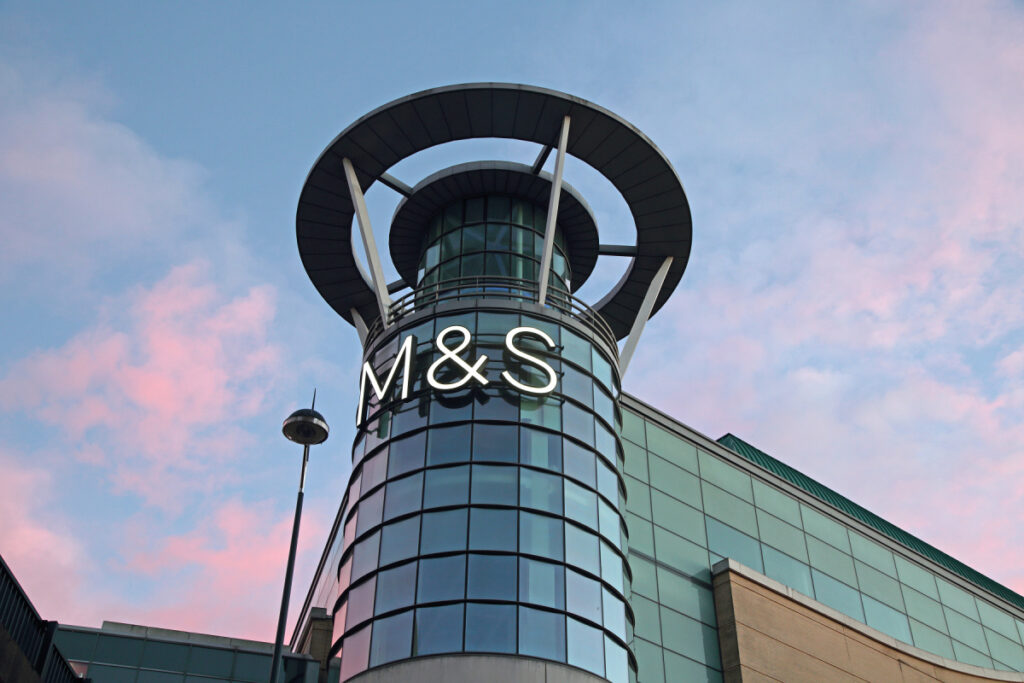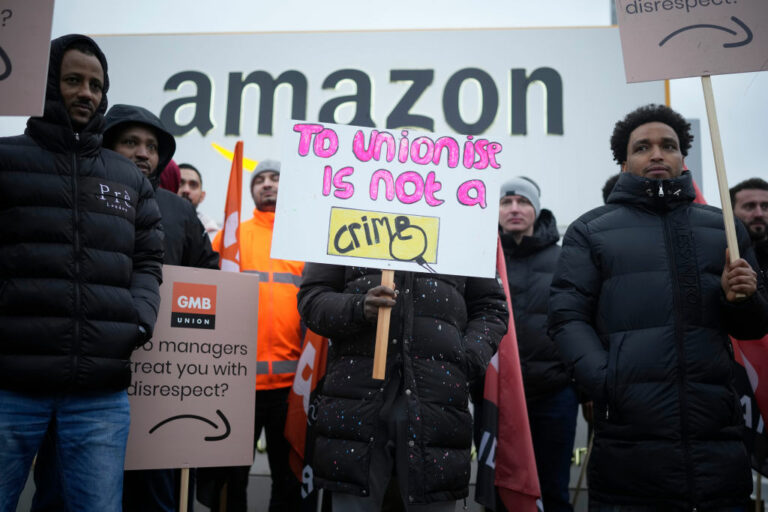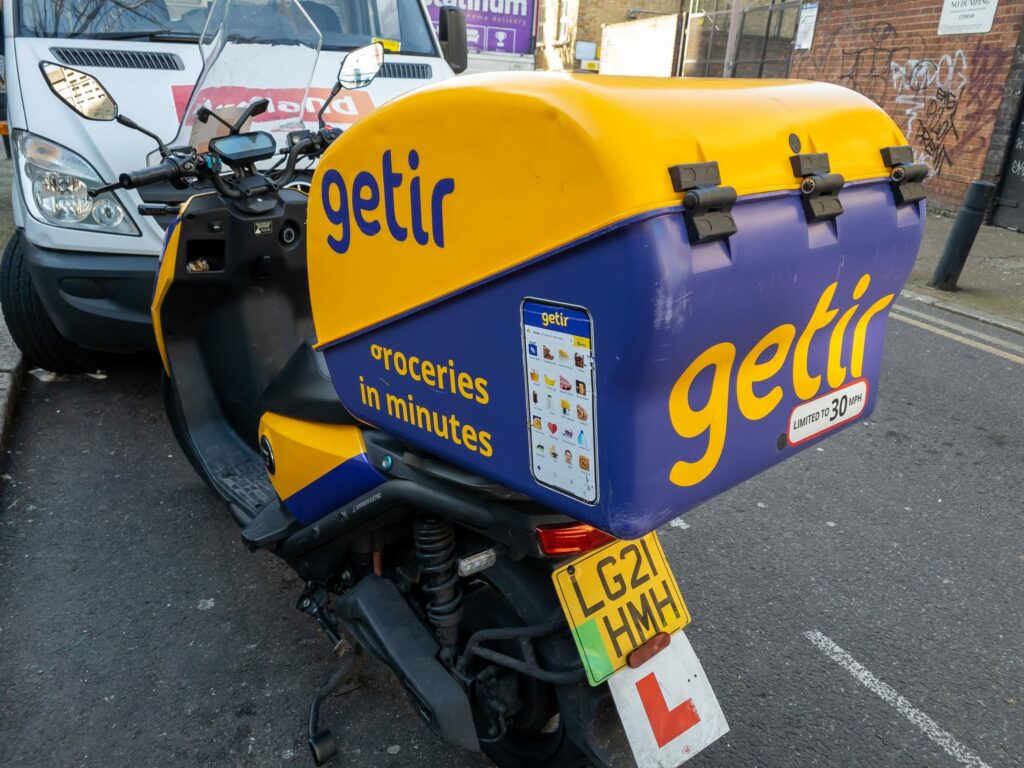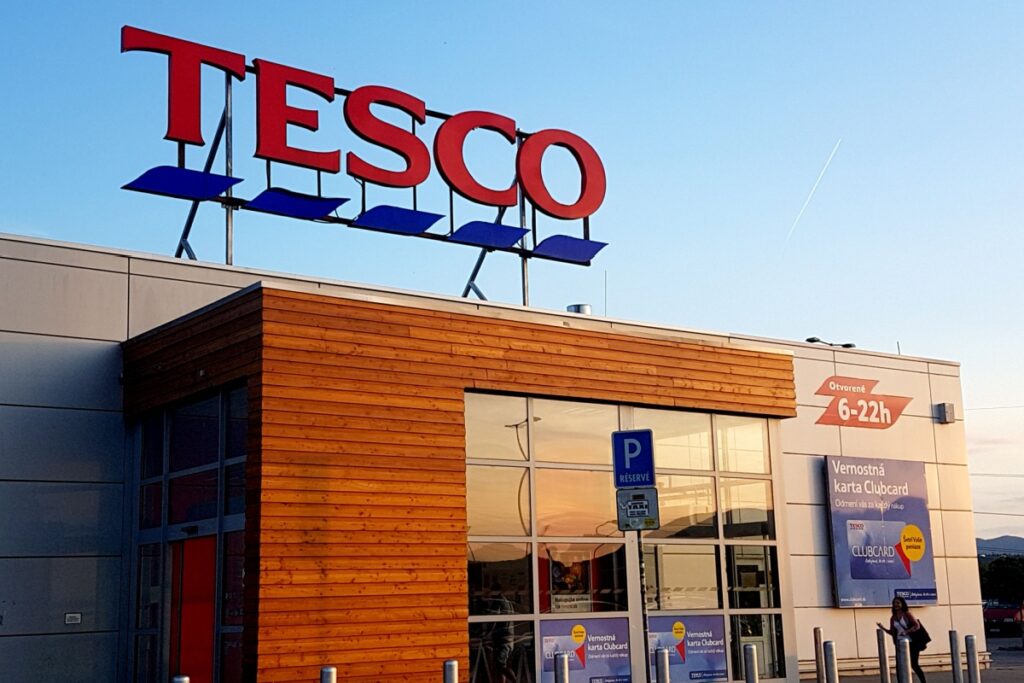How to get a clear view of retail supply chain visibility
Advanced Supply Chain Group sales director Stuart Greenfield looks at the value of supply chain visibility, and the steps retailers can take to achieve full transparency of their logistics.
Sourcing, sustainability, and status updates are all growing in importance among consumers.
They are increasingly interested in where products come from, the miles they travel and their environmental impact. Online shoppers also expect orders to be delivered on time and want reliable and accurate updates about the status of their purchases.
Having an informed view of the movement of goods, right from origin of supply through to point of sale, can enable retailers to meet these consumer expectations.
Better still, supply chain visibility can also optimise performance and efficiencies, support governance and reduce risks. Achieving this view should start with clear goals.
Take a goals-led approach
It can sound straight-forward to begin with objectives, with retail teams determining where they need to enhance the view of their supply chains, and why. This isn’t always the case.
Many ambitions for visibility will be confined by the limitations of supply chain technology and software.
Retail supply chains evolve so quickly – and even more so during periods of market volatility and disruption – that supply chain software is repeatedly added to.
This creates legacy systems that don’t always keep pace with wider retail strategies.
It ends-up limiting the possibilities of building supply chain visibility and creates a ‘tail wagging dog’ situation.
Levels of insight are confined to what the legacy system can deliver, when the reality should be that goals are dictating transparency demands.
Retailers should interrogate what data their supply chain software is providing, how readily available this information is, and how current it is.
From here, consider exactly what the data isn’t showing about stock inventory management, from a business, supplier, and customer point of view.
Don’t settle for ‘not possible’ when closing the information gaps
One of the most important (and repeated) questions that retailers should ask themselves about their supply chain is whether there is a full and clear understanding of what is happening at every stage of the supply chain, from sourcing right through to sale, and back again.
This can sound like quite a lofty goal, especially when thinking about how large and extensive most retail supply chains are. However, end-to-end visibility is absolutely possible and an absolute necessity.
Retailers should have one central, control tower type view of their supply chain. This nucleus should be collating information from the various points throughout the supply chain and communicating back to them.
It creates a rich, near real-time view of stock inventory and provides quick and easy access to data about what is happening when, where, and why in the supply chain.
Our award-winning Vector software does exactly this, delivering data via a dashboard and providing knowledge and understanding that optimises supply chain visibility.
Think about agility and visibility as a pair
Supply chain transparency is often compromised by expansion, diversification, and changes in strategy.
New inventory might be added to the chain, more sales channels could be integrated, additional suppliers introduced, and warehousing and fulfilment strategies adapted.
The most effective supply chains are constantly evolving, and retailers must approach visibility like a game of chess.
It’s important to think a good few moves ahead, considering what might change and when in terms of the stock inventory management strategies.
Granted, this is no easy feat – and even more difficult during turbulent periods of consumer confidence and economic instability – but can be achieved with bespoke solutions.
It’s possible to create supply chain software specific to a retailer’s goals and plans, factoring-in the capacity and contingencies to cope with change.
This helps rapid developments from overwhelming a system’s capabilities and avoids a breakdown in the flow of data and communications that are so critical to supply chain visibility.

















